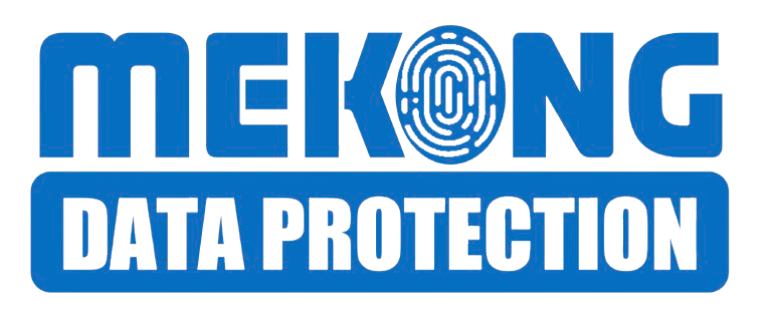Top 10 Best Practices for Protecting Personal Data Online
In today’s digital age, personal data is a valuable asset—but it’s also a prime target for hackers, identity thieves, and unscrupulous organizations. Protecting your personal data online is not just about privacy; it’s about ensuring your digital safety and preserving your rights. Here are 10 best practices to help you safeguard your personal data online:
DATA PRIVACYDATA SECURITY
Pheakdey Heng, Ph.D
9/20/20242 min read
1. Use Strong, Unique Passwords
Weak or reused passwords are one of the most common causes of data breaches. Create strong passwords that:
• Include a mix of letters (upper and lowercase), numbers, and symbols.
• Are at least 12 characters long.
• Are unique for every account.
Tip: Use a password manager to generate and store complex passwords securely.
2. Enable Two-Factor Authentication (2FA)
2FA adds an extra layer of security by requiring a second form of verification, such as a text message code or an app-generated code, in addition to your password.
Why it matters: Even if your password is compromised, 2FA can prevent unauthorized access.
3. Be Cautious with Public Wi-Fi
Public Wi-Fi networks are often insecure, making it easy for hackers to intercept your data. Avoid accessing sensitive information, such as online banking or shopping, on public Wi-Fi.
Best practice: Use a Virtual Private Network (VPN) to encrypt your internet connection on public networks.
4. Regularly Update Software and Apps
Outdated software often contains vulnerabilities that cybercriminals exploit. Keep your devices, browsers, and apps updated with the latest security patches.
Pro tip: Enable automatic updates where possible to ensure you’re always protected.
5. Limit Personal Information Shared Online
Be mindful of the information you share on social media or online forms. Details like your full name, address, phone number, or even your pet’s name can be used for identity theft or phishing attacks.
Rule of thumb: Share only what’s absolutely necessary and review your privacy settings on social media platforms.
6. Beware of Phishing Scams
Phishing involves fraudulent emails, messages, or websites designed to trick you into revealing sensitive information. Common signs of phishing include:
• Urgent language or threats (e.g., “Your account will be suspended!”).
• Spelling errors or generic greetings.
• Links that look suspicious or unfamiliar.
Tip: Always verify the sender and hover over links to check their destination before clicking.
7. Use Secure Websites
When making online transactions or entering sensitive information, ensure the website is secure. Look for:
• A padlock symbol in the browser’s address bar.
• URLs that start with “https” (the “s” stands for secure).
Caution: Avoid entering personal data on websites that don’t meet these standards.
8. Back Up Your Data Regularly
Regular backups protect you from data loss due to cyberattacks, device theft, or accidental deletion. Store backups securely, such as on an external hard drive or a reputable cloud service.
Frequency: Aim for weekly backups for critical data.
9. Monitor Your Accounts for Unusual Activity
Keep an eye on your financial accounts, emails, and online profiles for unauthorized access or unusual transactions.
Action plan:
• Set up alerts for transactions or logins.
• Report suspicious activity to the respective platform immediately.
10. Educate Yourself and Stay Informed
Cyber threats are constantly evolving. Stay updated on the latest security risks and best practices by following trusted sources, such as cybersecurity blogs, news outlets, or organizations like MCDP.
Bonus tip: Share what you learn with family and friends to help them stay safe too.
Conclusion
Protecting your personal data online doesn’t have to be complicated. By adopting these best practices, you can significantly reduce the risks and enjoy greater peace of mind in your digital life.
At the Mekong Center for Data Protection (MCDP), we’re committed to helping individuals and organizations strengthen their data protection efforts. Explore our resources, join a workshop, or connect with experts to take your data privacy to the next level.
Let’s work together to make the internet a safer place!
